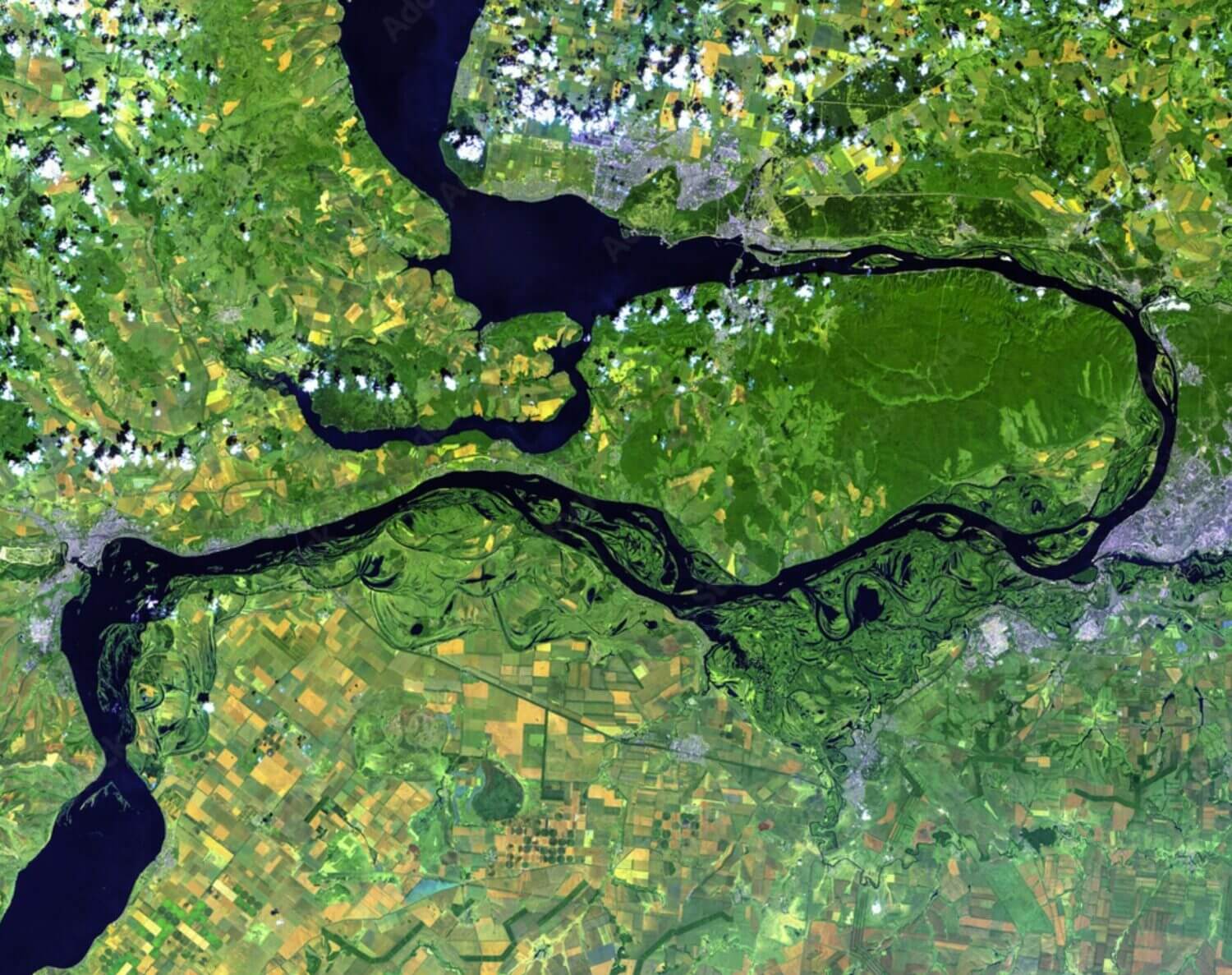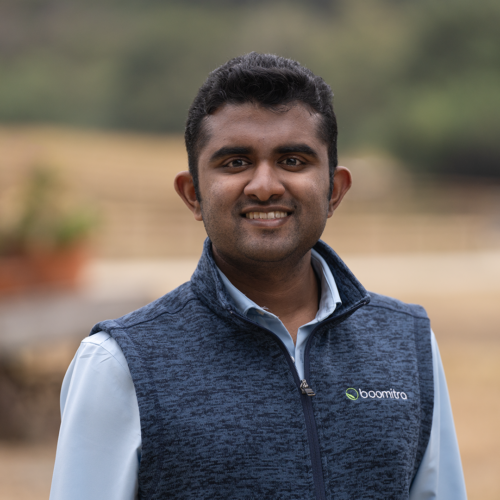scroll

Voluntary carbon markets have often been compared to the ‘wild west,’ but that is simply not the case. The market has developed over the past two decades, and in the case of soil carbon removal projects, there are essential criteria to assess their effectiveness and credibility. If you want to support genuine projects that drawdown carbon and make a tangible difference for people and the planet, pay attention to the following five attributes:
Additionality is a cornerstone concept in soil carbon removal projects. It ensures that the carbon sequestered in the soil through a specific project is additional to what would have happened without the project. In other words, the project must result in additional carbon storage that would not have occurred otherwise. If the project would have taken place regardless of the carbon offset initiative, then it cannot be considered additional and cannot generate carbon credits. In Boomitra’s projects, all participating farmers and ranchers have adopted new and/or expanded improved agricultural practices that have sequestered carbon in soils since the start date of each project. Furthermore, we evaluate that the new and/or expanded practices are not existing common practices in each region and that certain societal, cultural, educational, or financial barriers exist to their spontaneous adoption by any farmer.
Establishing a dynamic baseline scenario is necessary to determine if a project is additional. This involves identifying the business-as-usual trajectory of a given area, meaning how much carbon would be sequestered in the soil in the absence of a specific project. Typically, in soil carbon sequestration projects, this includes an analysis of practices on farms prior to the start of their new or expanded carbon-sequestering activities. It includes an analysis of the prevailing practices in farms outside the carbon project, throughout the life of the project. The baseline scenario is then employed to compare the amount of carbon stored in the soil under the new or expanded agricultural practices to the amount that would have been stored without any changes. This is calculated in practice by using baseline control sites – areas that continue business-as-usual farming practices but match the participating farms in most other attributes, from soil type to climate. The difference between the soil carbon increase on participating farms and that on the corresponding baseline control sites enables the calculation of a real carbon credit. Boomitra also integrates biogeochemical models to calculate the baseline scenario.
The concept of permanence emphasizes that carbon sequestered in the soil must remain stored for a significant duration, without any substantial losses back into the atmosphere. If the carbon is released back into the atmosphere relatively soon, the project cannot be considered permanent, and carbon credits cannot be generated. The first step to ensuring permanence is to be able to measure the carbon in a repeatable and reproducible fashion for the long term – you can’t claim to maintain permanence without being able to measure it easily! In Boomitra’s projects, satellite and AI measurements allow soil carbon levels to be measured throughout the lifetime of a project and beyond – as long as satellites exist. This system allows for the amount of carbon removed and stored by the project to be known with a good degree of precision (as explained further in aspect #5 below). Moreover, our ground partners have been working with farmers in each region for decades. When a trusted partner who has been in the local community for several years comes to a farmer and encourages them to adopt a new practice, the farmer is not only more likely to adopt the practice but is also much more likely to maintain the practice for the long term.
Leakage refers to the unintentional increase in carbon emissions caused by a project elsewhere. An example of this is when a project reduces tillage in a specific area to boost soil carbon, leading farmers in nearby regions to expand their farming activities to make up for the lost production in the project area. This can result in increased carbon emissions that negate the carbon sequestration gains made by the project. To ensure the effectiveness of soil carbon sequestration projects, it is vital to evaluate their potential for leakage. At Boomitra, we take a meticulous approach to project selection and co-creation in partnership with local communities and agriculture experts. We also choose practices that maintain yields and target entire regions of farmers in a holistic and comprehensive manner, accounting for any shifts in activity resulting from the project within the project areas themselves.
Accurate measurement is critical in soil carbon sequestration projects. Measurement accuracy refers to the precision and correctness of the measurements used to calculate the amount of carbon sequestered. The accuracy of these techniques can vary – not only from technique to technique but even between different groups following the same technique (Eg. different soil testing labs/different field technicians sampling the soil on the ground). Inaccurate measurements can lead to overestimating or underestimating the amount of carbon sequestered. Achieving accurate soil carbon measurements is further complicated by two other factors. First, soil carbon can vary across every few feet/meters on the ground. Second, measurement methods are mostly very expensive – a single quality soil sample and lab test can cost over $200 in many countries. In some countries, government subsidies allow for this cost to come down to $20, but this is still too expensive for medium to large-size farms, considering the large variability of soil within a given farm itself. For smallholder farmers, it is nearly impossible and cost-prohibitive to use a soil sampling and lab testing approach to measuring soil carbon individually on every farm. At Boomitra, we have developed a satellite and AI technology that allows us to measure soil carbon sans soil sampling/testing on each farm. This enables us to work throughout the full range of farm sizes – from a 1-acre farm in rural India to a 100,000+ acre ranch in the Americas. The entire area of every farm is measured by the satellites, allowing for in-farm spatial variability to be accounted for. Furthermore, there is also a high temporal frequency – every farm is imaged multiple times a month. Finally, the lower cost of a satellite-based system allows for more farms and ranches to participate in large carbon projects, ultimately improving the accuracy of the cumulative credits produced by a project due to economies of scale.
Soil carbon sequestration projects are a vital tool to mitigate climate change. Carbon credits from these projects have the potential to drive significant carbon removal on a vast scale, leveraging existing croplands and grasslands globally. However, the credibility and effectiveness of such projects depend on adherence to core criteria, including additionality, dynamic baseline scenario, permanence, preventing leakage, and measurement accuracy and cost. At Boomitra, we ensure that our global projects exceed all five. By focusing on these, we can support soil carbon sequestration projects that genuinely make a positive impact on the environment. In our upcoming article series, we will delve deeper into each of these soil carbon removal criteria.



